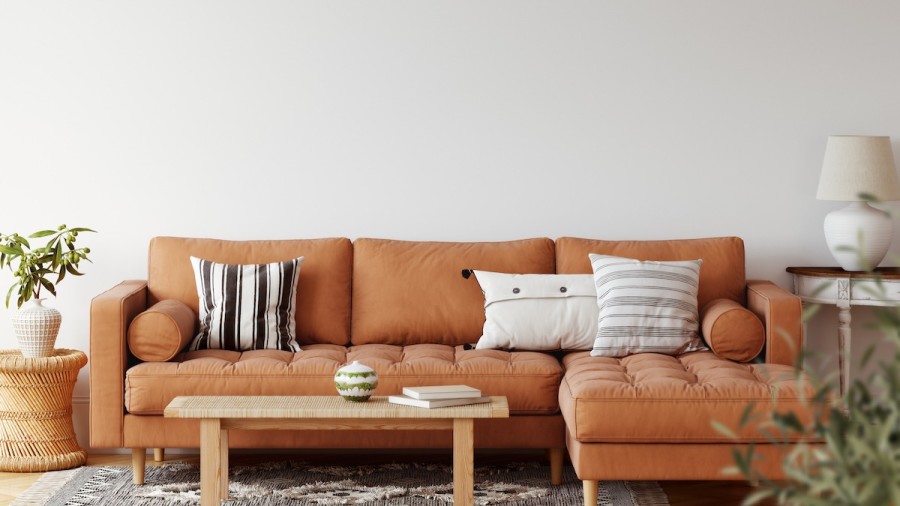Before making a final decision, you should consider how much you are willing to spend to re-upholster your sofa. In some cases, you may want to buy temporary furniture if your budget is low. However, these pieces may not be long-lasting. Therefore, re-upholstering your sofa may be the best option. You can also choose to purchase a slipcover for your sofa instead of a new one.
Buying a new sofa
Buying a new sofa after reupholstering can be a great way to refresh your home’s decor and update your existing furniture. While purchasing new furniture can be overwhelming, you can still re-upholster your old sofa for a fraction of the cost. With so many options, you can choose the style, fabric, colour, and pattern that best suit your home.
Alternatively, if your current sofa is falling apart, reupholstering it may be worth the cost. If it’s an older model, reupholstering it will restore its original look and feel. However, if you’d like a custom-designer look, you’ll need a specialized reupholsterer, or you can purchase a new piece that is custom-designed.
Re-upholstering furniture
If you’re looking to replace worn-out, outdated sofas, you may want to consider re-upholstering your furniture. It’s a cost-effective way to give your sofa a fresh look without spending a fortune. Plus, you can choose from eco-friendly materials like cotton or silk. You can also use the leftover fabric to make new cushions. Reupholstering your furniture can save you time, money, and the environment.
There are pros and cons to both options. Re-upholstering furniture costs less than buying a new sofa, but you’ll need to replace the fabric a few years down the line. Additionally, older furniture is usually cheaper than mass-produced pieces. While re-upholstering your old furniture can be a bit more expensive than purchasing a new sofa, you can be sure that your home will look brand-new for many years to come.
Buying a slipcover for a sofa
Buying a slipcover for a couch can be a tough task if you don’t know what your sofa is. To make things easier, you can take note of the length and width of your sofa, and then compare these measurements to the slipcover’s measurements. Depending on your preferences, you may be able to find a cover that fits your couch perfectly. There are different types of slipcovers, and you should consider which one would fit your needs the best.
If you have an older couch, a ready-made slipcover is a good choice. These are stretchy and come in multiple pieces. The elastic band at the bottom of the couch cover has ties to keep it in place. Once you have it on, make sure to place it correctly to get the proper fit. Some slipcovers also come with anti-slip foam, which helps prevent slipping.
Cost of re-upholstering furniture
If you’ve decided it’s time to re-upholster your sofa or loveseat, you’re likely wondering how much re-upholstering a piece will cost. Typically, the cost of re-upholstering a piece includes a material price, an hourly labor charge, and a shop fee. The labor fee for re-upholstering a piece is generally less than the cost of purchasing a new one. Other expenses to consider are the protection plans, delivery and assembly fees. The original piece is probably low quality and no longer has any sentimental value. Alternatively, the sofa is too small or too large for the home.
The cost of re-upholstering a piece of furniture can range anywhere from $300 to $2,000, with sofas costing more than dining chairs. Additionally, the more pieces of furniture you have to upholster, the more expensive the project will be. Generally, re-upholstering a dining room chair will cost between $150 and $200 and re-upholstering a standard armchair can run up to $1,050 or more.
Environmental impact of re-upholstering furniture
Re-upholstering furniture has several positive environmental benefits. By avoiding the production of new furniture, you are reducing the amount of rubbish you send to landfill sites. It also reduces the number of trees that have to be cut for the construction of new furniture. New furniture often involves massive quantities of raw materials, including tropical hardwoods. Not only does this save valuable forest resources, but it also helps reduce the amount of rubbish that goes to landfill sites.
Re-upholstering furniture also saves space in landfills. Compared to manufacturing new furniture, it uses less wood, steel, and natural resources. It also results in less pollution. Not to mention that you will save money. Re-upholstering your furniture is an environmentally-friendly and cost-effective alternative to purchasing new furniture. It can also be done on your existing furniture, reducing its impact on the environment.





